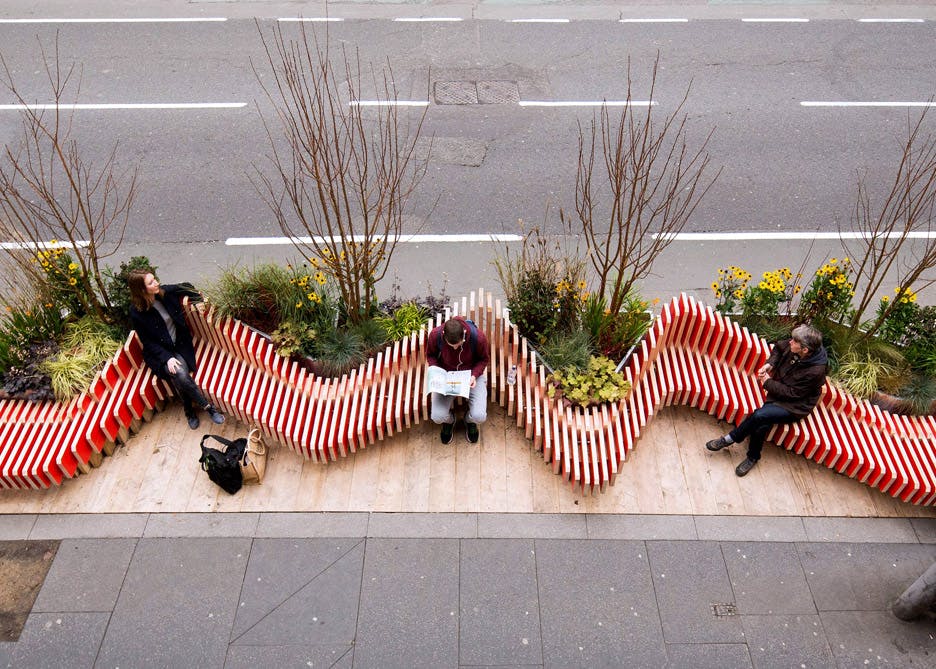FAQs
Why have we prepared a joint consultation?
Usually, we would have two consultations but because of the close connection between the two areas with both looking at parking, and due to both consultations coinciding, we decided to make it easier to comment by combining the two.
How long is the consultation?
The consultation is for just over 12 weeks. Starting from Monday, 18 September to Sunday, 10 December 2023.
I need a different format or language
If you would like a printed copy of this consultation, or an accessible alternative, such as Braille, large print or EasyRead, please email engage@hounslow.gov.uk
Can I remove my comments?
You can remove your consent at any time by contacting engage@hounslow.gov.uk. Please note that all consultation responses will be deleted from the website with the deletion of an account; however, we are unable to delete responses that have been included (in aggregate, non-identified form) in reports or data tables produced based on the responses received at the end of the consultation.
Will Blue Badge parking applications be affected?
The process of applying for Blue Badge parking will remain unchanged.
What are priority parking bays?
We would like to introduce priority bays in Council managed car parks for vulnerable groups, some of whom may be at increased risk of violence, or those who need a bit more space around bays to get in and out of their vehicle safely. These groups include disabled people, women and parents with children.
What is the emission-based parking policy?
For Control Parking Zone permits, there are currently two categories (tiers) for the type of vehicle – either zero/low emission vehicles (with CO2 emissions of 110g/km or less) or standard vehicles. A diesel surcharge is also applicable. We are proposing to expand the number of tiers to reflect the level of emissions produced by different types of vehicles.
How does this consultation relate to the dockless e-bike trial?
E-bikes are included in the draft Kerbside Strategy as a use that can be incorporated at the kerbside to encourage cycling, particularly for residents who don’t have their own bike. To inform the development of the strategy, the Council is currently trialling an e-bike scheme. The trial will run for at least 6 months, from September 2023 when boroughwide scheme coverage was achieved. As part of the Kerbside Strategy consultation, we will be gathering initial views on the e-bike trial, and this will then be followed by a more detailed separate consultation on e-bikes at the end of the trial. The results of both consultations, along with feedback received on bay locations, will be used to inform a decision on the future of the scheme.
How do I request a cycle hangar?
You can drop a pin on the ‘Cycling’ Map as part of this consultation or complete the e-form to request a cycle hangar. To find out more, visit https://www.hounslow.gov.uk/info/20053/transport/1985/cycling_in_hounslow/6
What is the purpose of Controlled Parking Zones (CPZ)?
CPZs help manage demand for parking by giving priority to residents over commuters. However, this does not guarantee residents a space outside their home as this space remains public.
What is the kerbside space used for?
As the highway authority, the Council needs to consider the needs of different residents and ensure that everyone has access to different transport options. Kerbside space is not solely for the purpose of car parking, and needs to be shared by everyone, both car owners and non-car owners. With almost a third of households in the borough not owning a car, the kerbside needs to be allocated fairly to ensure that these households can still get around and have a range of transport options available to them.
What are shared mobility spaces?
Shared use schemes such as e-bike and car club bays are relatively few across the borough and offer a very efficient use of space. The 270 e-bike bays in Hounslow generated over 50,000 e-bike trips a month in September. By providing residents with a greater choice of transport options we are making sure those who don’t have a car, or do not wish to, can still get around. In the medium to longer term, as travel and car ownership patterns change, this should help to ease local parking pressure, meaning that those who do need to drive, should be able to park nearer their homes.
What is the purpose of clear pavements?
Proposed policies and projects in the Draft Kerbside Strategy improve the walking and wheeling environment by moving uses such as seating, cycle parking and tree planting into the kerbside, particularly where there is limited space on the footway. Keeping the pavements clear makes it easier for people who are disabled, people pushing prams and children to get around.
